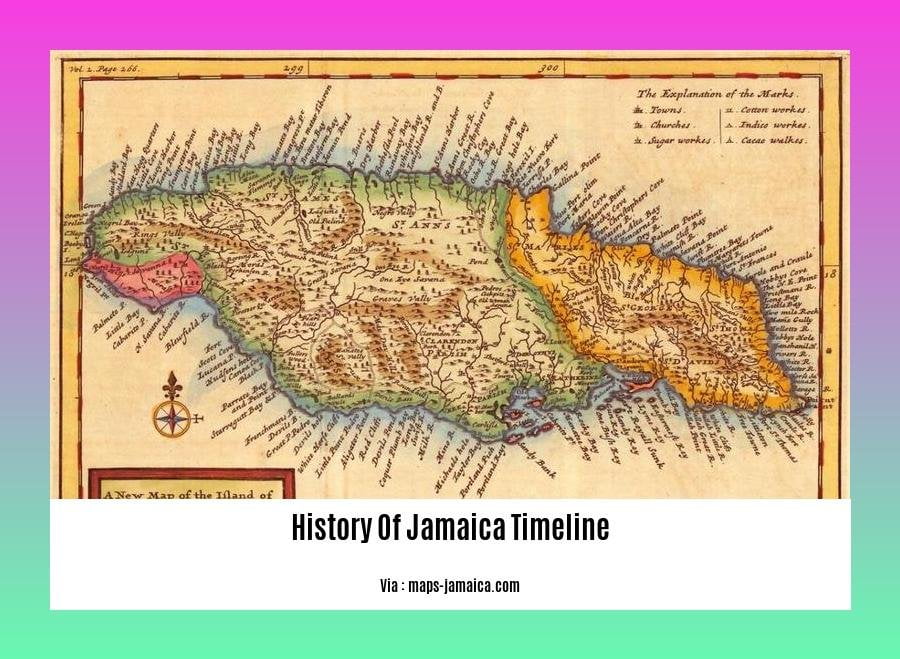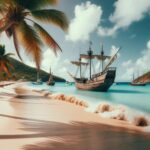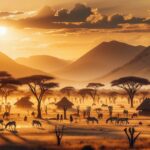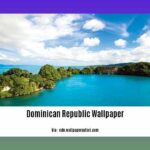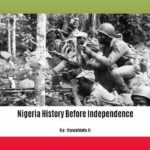Delve into the captivating history of Jamaica, a Caribbean jewel that has witnessed centuries of cultural, political, and social evolution. From the indigenous Taino inhabitants to the arrival of Christopher Columbus in 1494, and through the tumultuous eras of Spanish rule, British colonization, and the triumphant struggle for independence, Jamaica’s rich tapestry unfolds. Embark on a captivating journey through time, where each era unveils its unique contributions to the vibrant nation Jamaica is today.
Key Takeaways:
- 1494: Christopher Columbus’s arrival marks the beginning of Spanish rule over Jamaica.
- 1655: Jamaica is captured and controlled by the British.
- 1670: The Treaty of Madrid officially transfers Jamaica to British authority.
- 1692: An earthquake devastates Port Royal, a significant trading hub.
- 1838: Slavery is abolished, marking a pivotal turning point in the island’s history.
- 1840: Chinese and Indian indentured laborers are brought to Jamaica by the British.
- 1962: Jamaica gains its independence from the United Kingdom, becoming a sovereign nation.
History of Jamaica Timeline
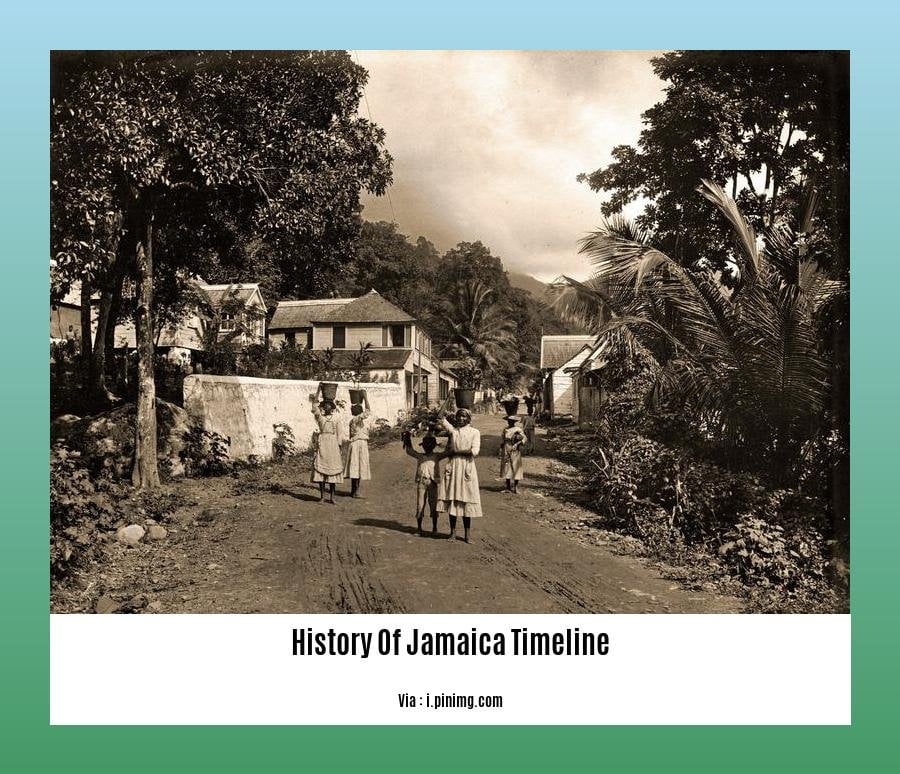
Jamaica’s rich history, spanning centuries, is a testament to its resilience and cultural diversity. From the arrival of the indigenous Taíno people to the present day, Jamaica has undergone significant transformations, shaping its unique identity. Let’s delve into a timeline of key events that have shaped the island nation:
Pre-Columbian Era:
- Jamaica was initially inhabited by the indigenous Taíno people, who arrived from South America around 1000 A.D.
1492: Arrival of Christopher Columbus
- Christopher Columbus, a Spanish explorer, arrived in Jamaica, marking the beginning of European contact.
1510: Spanish Colonization
- Jamaica became a Spanish colony, introducing sugar cultivation and the transatlantic slave trade.
1655: British Conquest
- English forces under Admiral William Penn and General Robert Venables captured Jamaica from the Spanish.
1670: Treaty of Madrid
- The Treaty of Madrid formally ceded Jamaica to the British, solidifying their control over the island.
1838: Abolition of Slavery
- The British Parliament passed the Abolition Act, leading to the emancipation of enslaved people in Jamaica.
1865: Morant Bay Rebellion
- A rebellion against harsh British colonial rule and economic hardships erupted in Morant Bay, resulting in the deaths of hundreds of Jamaicans.
1938: Labor Movement and Marcus Garvey
- Labor leader Alexander Bustamante formed the Bustamante Industrial Trade Union, while Marcus Garvey’s Pan-African movement gained prominence.
1962: Independence
- Jamaica gained independence from the United Kingdom on August 6, 1962, becoming a sovereign nation.
1970s-1980s: Economic Challenges and Political Turmoil
- Jamaica faced economic struggles and political instability, including the rise of the People’s National Party and the Jamaica Labour Party.
1990s: Economic Reforms and Tourism Growth
- Jamaica embarked on economic reforms, promoting tourism and attracting foreign investment, leading to increased economic growth.
21st Century: Modern Jamaica
- Jamaica continues to navigate challenges such as poverty, crime, and natural disasters, while celebrating its rich cultural heritage and vibrant music scene.
Tired of the same old history lessons? Explore the rich history of the Malankara Orthodox Church, where ancient traditions meet modern-day faith. Or, dive into the vibrant colors and unique styles of Mexican clothing, a captivating tapestry of cultural influences. For a taste of rhythm and tradition, discover the history of the Mexican hat dance, a captivating spectacle that will leave you breathless. And don’t forget to indulge in the soulful melodies of Mexican music, a harmonious blend of indigenous rhythms and Spanish influences.
Independent Jamaica (1962–present)[edit]
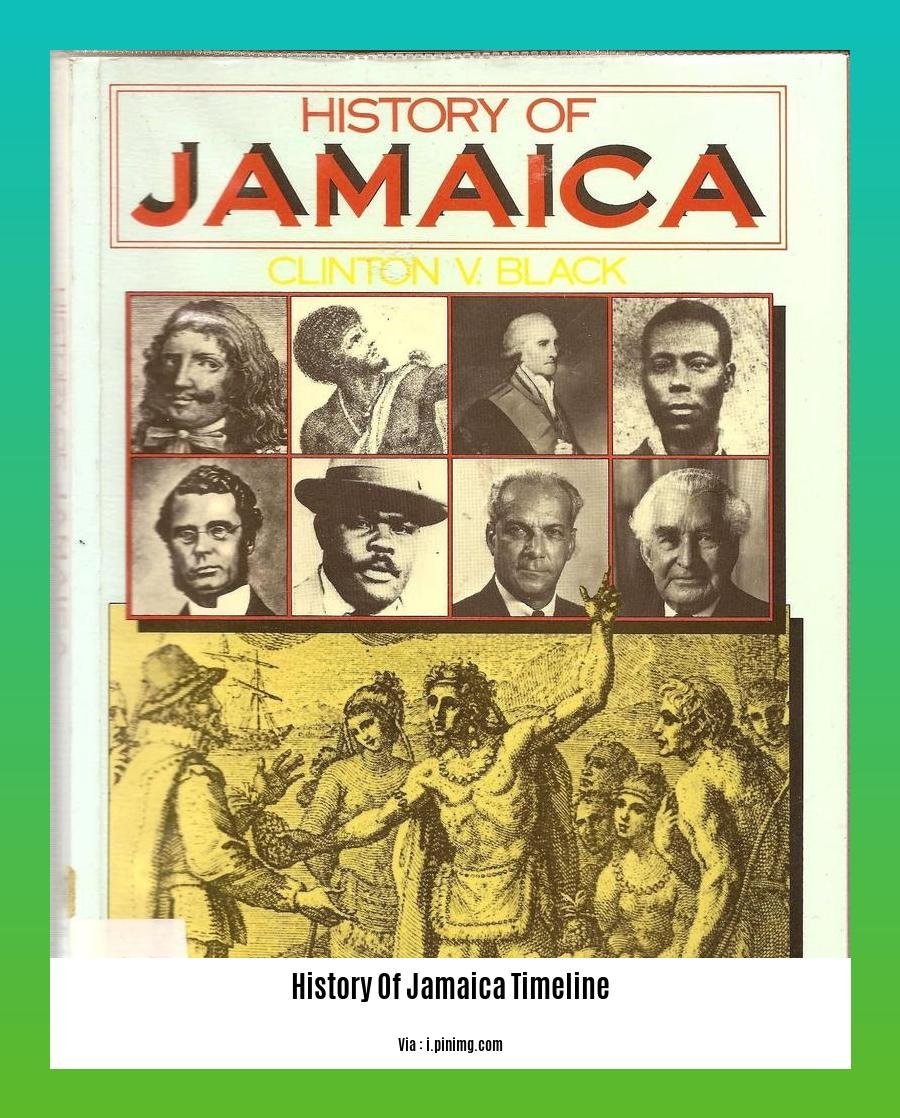
On the momentous day of August 6, 1962, Jamaica unfurled its flag as an independent nation, severing the colonial ties that had bound it to Britain for over three centuries. This historic event was the culmination of a long and arduous struggle for self-governance, spearheaded by visionary leaders like Sir Alexander Bustamante and Norman Manley.
Key Takeaways:
- In 1958, Jamaica took a decisive step towards autonomy by joining the West Indies Federation, a short-lived union of Caribbean territories.
- 1961 marked a pivotal year, as Jamaicans overwhelmingly voted in favor of independence in a referendum.
- On August 6, 1962, Jamaica asserted its sovereignty, becoming the 16th independent nation within the Commonwealth.
- Sir Alexander Bustamante, a charismatic figure, became the island’s first Prime Minister.
- Jamaica embraced a parliamentary democracy, retaining the British monarch as the head of state.
- The newly independent nation faced numerous challenges, including economic disparities and social unrest.
In the years that followed, Jamaica embarked on a journey of nation-building, forging its own unique identity and navigating the complexities of international relations. Despite facing economic challenges and political turmoil, the spirit of resilience and determination that had fueled the fight for independence continued to guide the country forward.
Sources:
Pre-Columbian Jamaica
Before the arrival of Christopher Columbus in the Caribbean, Jamaica was home to a series of indigenous cultures. These cultures, collectively known as the Pre-Columbian Jamaica[edit], left a rich legacy that can still be seen today.
Key Takeaways:
Early inhabitants of Jamaica were from the South American Taíno culture known as the Ostionoid culture, arriving around 650 AD.
The second wave of inhabitants, consisting of Arawak tribes including the Taínos, settled on the island by 800 AD.
Around 950 AD, the Meillacan culture arrived, interacting with and possibly absorbing the existing Redware culture.
The indigenous name for Jamaica was “Xaymaca,” which means “land of wood and water.”
The Taínos left behind a rich cultural legacy, including a strong tradition of oral storytelling and a sophisticated system of agriculture.
Today, visitors to Jamaica can still see reminders of the Pre-Columbian Jamaica[edit] in the island’s museums, archaeological sites, and place names.
Sources:
– Jamaica History
– Jamaica profile – Timeline – BBC News
FAQ
Q1: What were the key events that led to Jamaica’s independence?
A1: The path to Jamaica’s independence involved significant events such as rebellions, a growing sense of nationalism, and the establishment of a new constitution in 1962, retaining the British monarch as head of state.
Q2: Which Spanish and British settlements were prominent during their respective periods of rule, and what role did they play in Jamaica’s history?
A2: Port Royal, a significant trading center during the Spanish period, was devastated by an earthquake in 1692. Under British rule, Kingston emerged as a major port and commercial hub, playing a crucial role in the island’s economy and development.
Q3: What impact did slavery and the abolition of slavery have on Jamaica’s history and society?
A3: The institution of slavery profoundly shaped Jamaica’s economy and society during the colonial period. The abolition of slavery in 1838 marked a turning point, leading to social and economic adjustments as the island transitioned to a post-slavery era.
Q4: How did the arrival of Chinese and Indian indentured laborers in the 1840s contribute to Jamaica’s cultural and social landscape?
A4: The arrival of Chinese and Indian indentured laborers brought diverse cultural influences to Jamaica, contributing to the island’s rich cultural heritage. These communities played a vital role in the development of various sectors, including agriculture and commerce.
Q5: What were the major developments and challenges faced by Jamaica in the post-independence period?
A5: Post-independence Jamaica focused on nation-building, economic development, and establishing its identity on the global stage. The country faced challenges such as political turmoil, economic disparities, and natural disasters but also made significant strides in areas like education, healthcare, and infrastructure.
